from 0 review
9 Days
Daily Tour
12 people
___
The Golden Triangle package is one of the most salable tours India. This is the distinguished tour which covers Triangle of Delhi, Agra and Jaipur, has its own magical beauty and wonderful surprises that none of the destinations can compare.
This package is an epic image of incredible India that focuses on the great high spirits and the most notable procession of the Rajputs and the Mughals. The amazing tour sets in motion from the city full of life, Delhi and then it takes a twirl towards the city of romance and impartiality, Agra and steps into the city that also called Pink city, Jaipur.
Finally we move to Jim Corbett National Park – famous for having the highest number of tigers among Indian national parks. Covers thousands of kilometers of stunning landscape in the Himalayas North India.
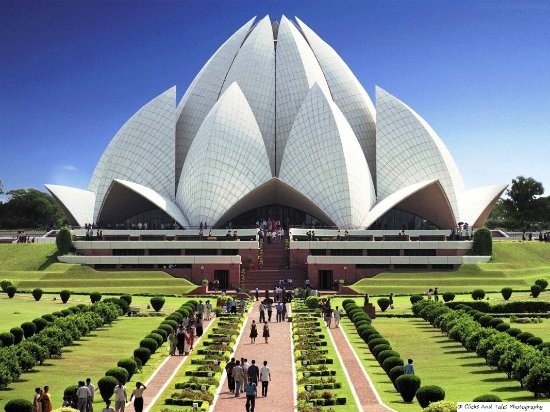
You are meet & greet with our company representative and he will escort you to the hotel and will help you with the check -In formalities.
Over Night stay at hotel. (No Meals)
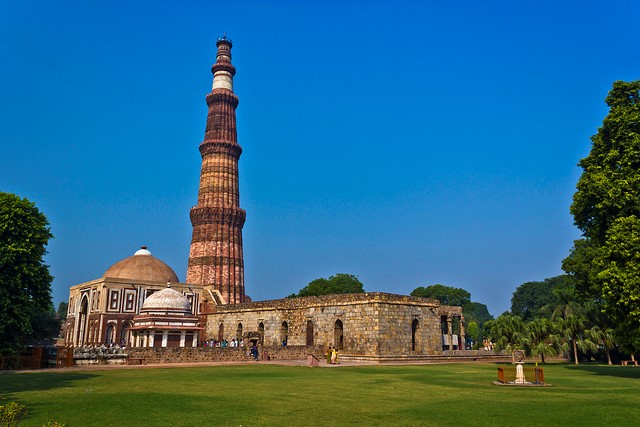
After a relaxing breakfast, the tour guide will pick you up from the hotel and take you for a guided sightseeing of Old and New Delhi.
Full day a guided tour of Old Delhi, the 17th century walled city of Shah Jahanabad, visiting the great Jama Masjid, the principal mosque of Old Delhi. Built in the year 1656 AD by the Mughal Emperor Shah Jahan, it is the largest & best known mosque in India. Later take a rickshaw ride through Chandni Chowk, the old marketplace of Shah Jahanabad now a picturesque bazaar.
In New Delhi, visit Raj Ghat, memorial to the Father of the Nation, Mahatma Gandhi. It is a simple black marble platform that marks the spot of his cremation on 31 January 1948.
Further we drive past India Gate, memorial built in the year 1931 to commemorate the Indian soldiers who died in the World War I & the Afghan Wars. The names of the soldiers who died in these wars are inscribed on the walls. President's House, the official residence of the President of India, built in the year 1931. Until 1950 it was known as Viceroy's House & served as the residence of the Governor-General of British India.
We will stop for lunch at Good local Restaurant. Afterwards visit Lotus Temple (Monday closed) - The Lotus Temple, located in New Delhi, India, is a Baháʼí House of Worship that was dedicated in December 1986. Notable for its lotus-like shape, it has become a prominent attraction in the city. Like all Bahá'í Houses of Worship, the Lotus Temple is open to all, regardless of religion or any other qualification.
Culminate the day at Qutub Minar, built in the year 1206 by Qutub-ud-din Aibek. It is the tallest (72m) brick minaret in the world, an important example of Indo-Islamic Architecture.
Overnight stay at hotel. (B)
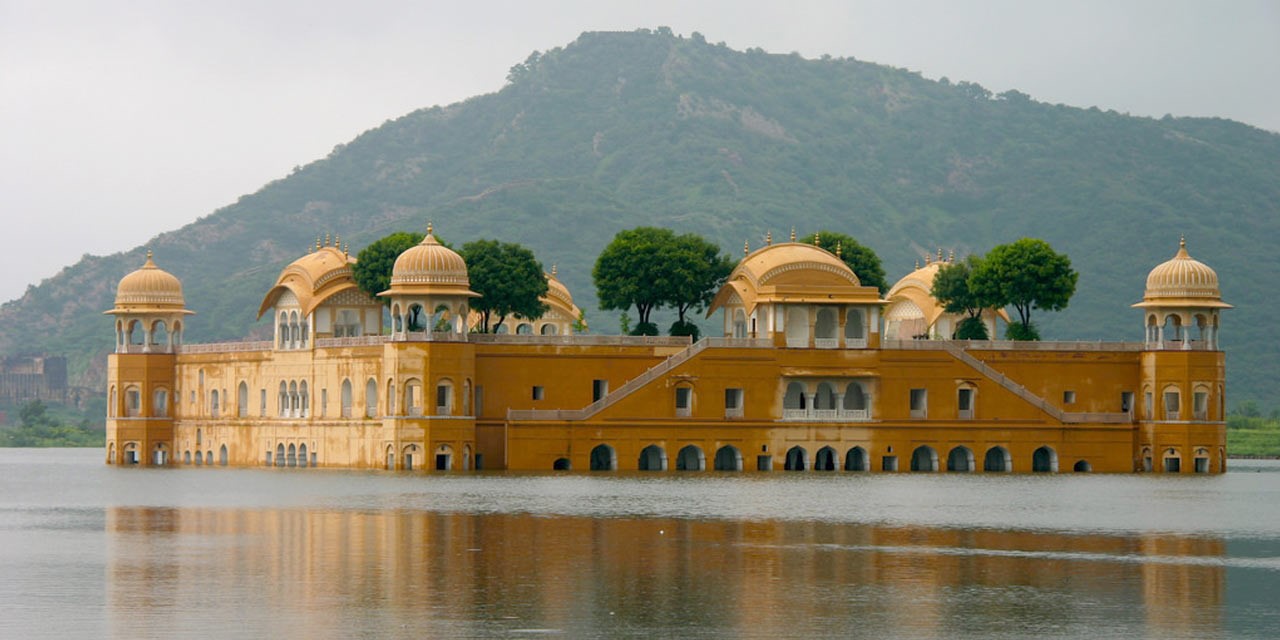
After breakfast drive to Jaipur, upon arrival check in to your pre-booked hotel
Evening you can walk around the Local Bazaars.
Overnight at hotel. (B)
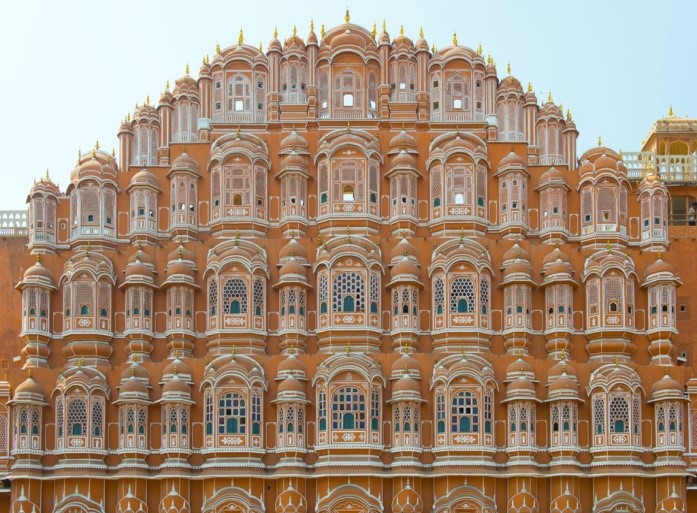
Morning drive to Amber, the name of the ancient kingdom of Jaipur and also the name of its ancient capital, situated 7 miles away. Its history can be traced backed to the 12th century. Amber Fort is superbly located, protected by the wild Arrival Hills on all sides. Originally built in the 11th century, it was expanded by Raja Man Singh in the late 16th century. The ascent to the Fort will be on elephant backs.
Afternoon: city tour including the City Palace, Hawa Mahal (Palace of Winds), Jantar Mantar Observatory, bazaars.
Known as the “Pink City,” Jaipur was founded by Sawai Jai Singh II (1700-1743). It has 7 gates into the city--one for each of the 7 planets (which was the number of planets known at the time of the city’s founding). At the heart of Jaipur is its City Palace which houses an extensive collection of rare manuscripts, Mughal and Rajasthani miniatures, Mughal carpets, costumes and textiles, arms and weapons, royal buggies, chariots and palanquins and a remarkable carriage -the indiraviman - that was drawn by four elephants.
At the center is Chandra Mahal, the seven-tiered moon palace where the present Maharaja still resides. The City Palace complex also contains the Govind Devji Temple, dedicated to Lord Krishna. Just outside the gateway of the City Palace is Jantar Mantar, the Yantralaya of Sawai Jai Singh II, the last great classical astronomer in India. The modernistic structures known as Yantras are the unique creations of this astronomer-king, designed by him and built by experts to observe the movements of the sun, moon, planets and stars. This is the largest of five observatories founded by the astronomer-king in various parts of the country. Hawa Mahal (Palace of Winds) is Jaipur's most-photographed building, a honeycomb palace with 953 latticed windows overlooking the bazaar and busy streets of Jaipur. Built in 1799 by the poet-king Pratap Singh, this extraordinary building was used by purdah-bound women to watch the grand processions that were a regular feature of the city.
Dinner at Surabhi Restaurant & Turban Museum.
Overnight stay at hotel. (B)
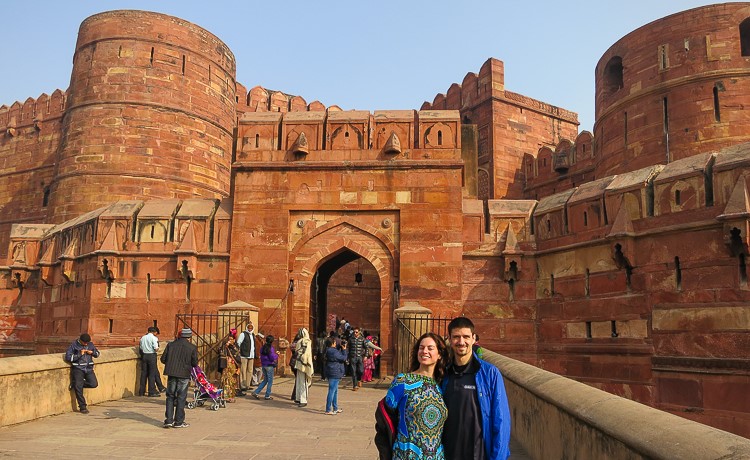
After early breakfast drive to Agra enroute visit Fatephur Sikri, built in 1571, one of the world's most perfect ghost cities and a marvel of design and construction. It is a synthesis of the flourishing styles of the Persian courts and the prevailing Hindu-Islamic trends. Fatehpur (town of victory) Sikri was built by Akbar, the third and greatest of the Great Moguls. It is over 400 years old and today its pristine red sandstone buildings are as perfect as when they were first chiseled.
The town was erected after a holy man, Sheikh Salim Chisti, decreed the births of three sons to Akbar after all his children had died in infancy. There are three sections to the City: The Royal Palace (notable for the Emperor's throne), the outside of the Royal Palace and the Jami Masjid (the location of the Tomb of Sheikh Salim Chishti, a masterpiece in brilliant white marble). The centerpiece of this remarkable monument is the Jewel House of the Diwan I Khas.
Architecturally extraordinary, the four doorways lead into a single-story room where a huge central pillar supports a seat reached by mid-air walkways.
Upon arrival at Jaipur you are check In to your pre-booked hotel.
Afternoon we visit Agra Fort, built principally as a military establishment by Akbar in 1565. The red sandstone Agra Fort was partially converted into a palace during Shah Jahan's time. This massive Fort is 2.5 km long & is considered as predecessor of Delhi Red Fort. Later in the evening visit Itmad-ud-Daulah Tomb, built by Noor Jahan, wife of Mughal Emperor Jahangir, in memory of her father Mirza Ghiyas Beg. Before Taj Mahal was built, its rough design was already standing in the form of ItmadudDaulah's Tomb.
Overnight stay at hotel. (B)
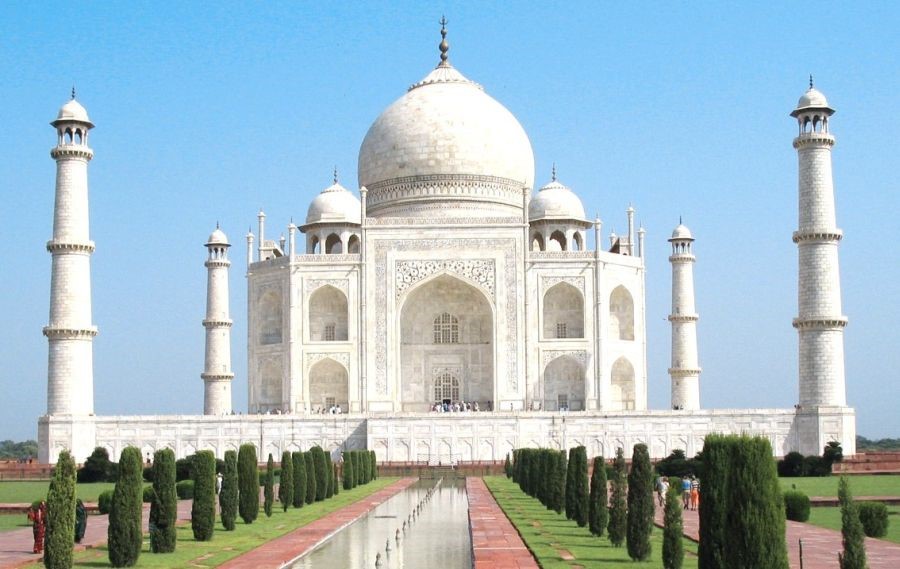
Early morning we visit the incredible architectural excellence of Taj Mahal at sun rise (Friday closed), built by Emperor Shah Jahan in memory of his beloved wife Mumtaz Mahal. Afterwards return to hotel for breakfast. Later we visit Parchinkari Art – The art of inlaying semi-precious stones in marble. The art of Parchinkari had begun in India in the early 17th Century with Shah Jahan being its pardon & pioneer. This art is derived from an Italian art form known as pietra dura (Hard Stones) which originated in Florence in the 16th Century. It involves shaping small pieces of semi-precious stones in to the leaves, flower, petals etc. & fitting them together so that they look like one complete flower or animal or any other shape the artist intend it to like. Later drive to Noida.
Check in to hotel.
Overnight stay at hotel.
After breakfast we drive to Corbett National Park, one of the famous Tiger reserves of India in the lap of Great Himalayas. Upon arrival check into your pre-booked hotel.
Evening enjoy resorts activities. Overnight stay at Resort. (B,L,D)
Morning & Evening Jeep Safaris at Corbett National Park
Overnight stay at hotel. (B,L,D)
After breakfast we drive to Delhi IGI Airport to board your onward flight.
Tour Ends…
Leave a Reply